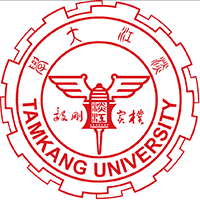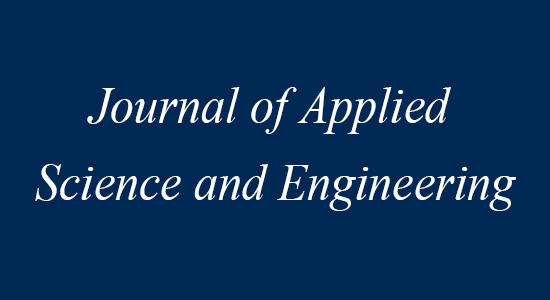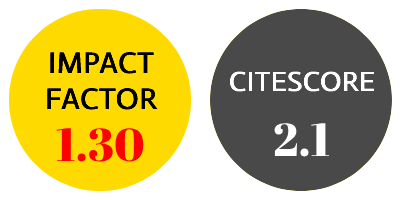Hsing-Shao Liu1 , Chi-Cheng Chuang2 , Chih-Chung Lin2 , Ray-I Chang This email address is being protected from spambots. You need JavaScript enabled to view it.2, Chia-Hui Wang3 and Ching-Chia Hsieh1 1Department of Information Management, National Taiwan University, Taipei, Taiwan 10617, R.O.C.
2Department of Engineering Science, National Taiwan University, Taipei, Taiwan 10617, R.O.C.
3Department of Computer Science and Information Engineering, Ming Chuan University, Taoyuan, Taiwan 33348, R.O.C.
Received:
December 23, 2010
Accepted:
December 31, 2010
Publication Date:
September 1, 2011
Download Citation:
||https://doi.org/10.6180/jase.2011.14.3.08
Ubiquitous sensor networks (USNs) implemented by wireless sensor networks (WSNs) play a critical role for the next generation ubiquitous networks. Nowadays, the evolving “Internet of Thing”, which has been deemed as a mainstream of future Internet, raises even more the already high hopes of WSN and has attracted the interest of the research community worldwide. Since the sensor nodes are often equipped with the battery that usually cannot be replaced or recharged, the way to extend their lifetime becomes a critical issue. Because radio communication is the main cause of power consumption for sensor nodes, several approaches have been proposed to save power by compressing the volume of sensing data during communication. In this paper, we propose an efficient compression mechanism for WSN by treating sensing data as the raw data of an image for compression. We also introduce the user-acceptable data error which can be defined by a user to enhance the compression efficiency. Experimental results show that our mechanism can reach a better compression ratio compared with other approaches in either higher or lower correlated data scenario. More power can be saved during the radio communication due to lower volume of data. Furthermore, since our mechanism only involves addition and subtraction operations, the extra calculating burden resulted from compression can be minimized and thus, the extra power used to such calculation is negligible compared with the power used for transmitting a single bit data.ABSTRACT
Keywords:
Ubiquitous Sensor Network, Wireless Sensor Network, Internet of Thing, Data Compression, JPEG-LS
REFERENCES
















